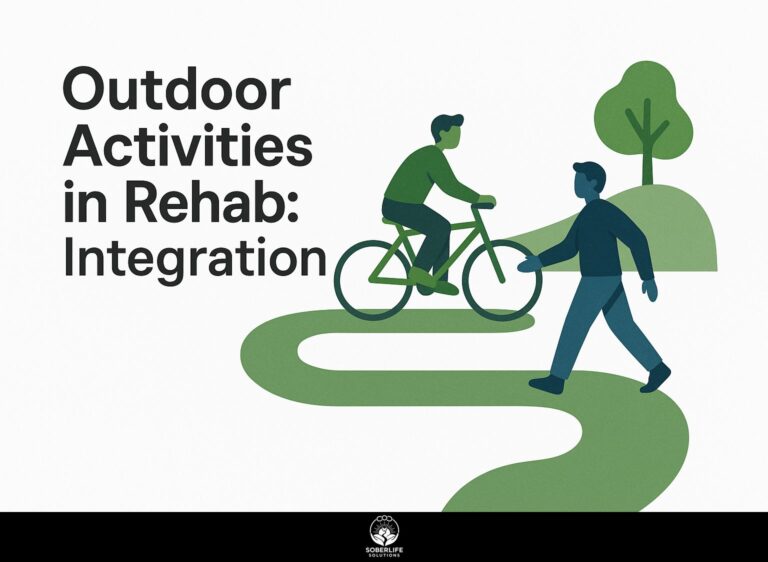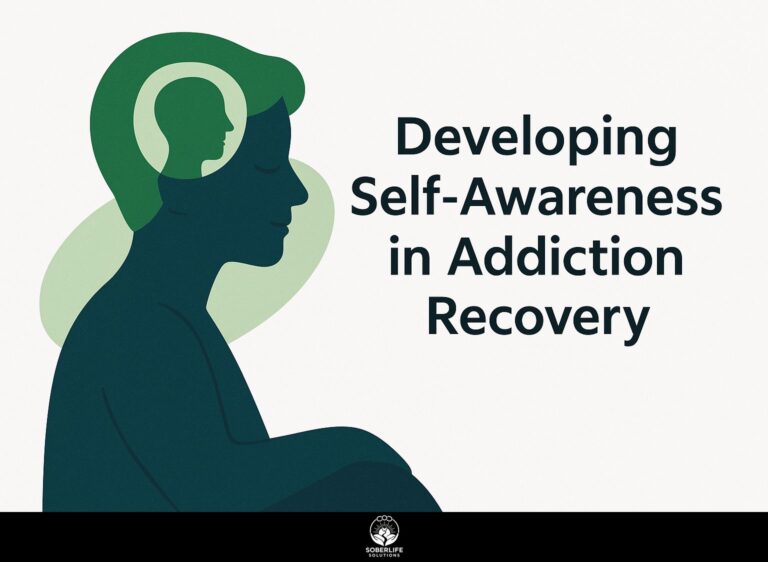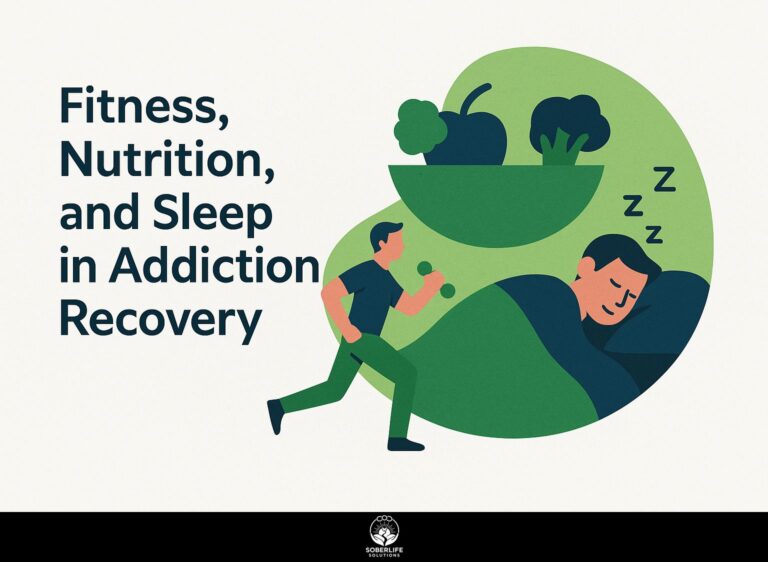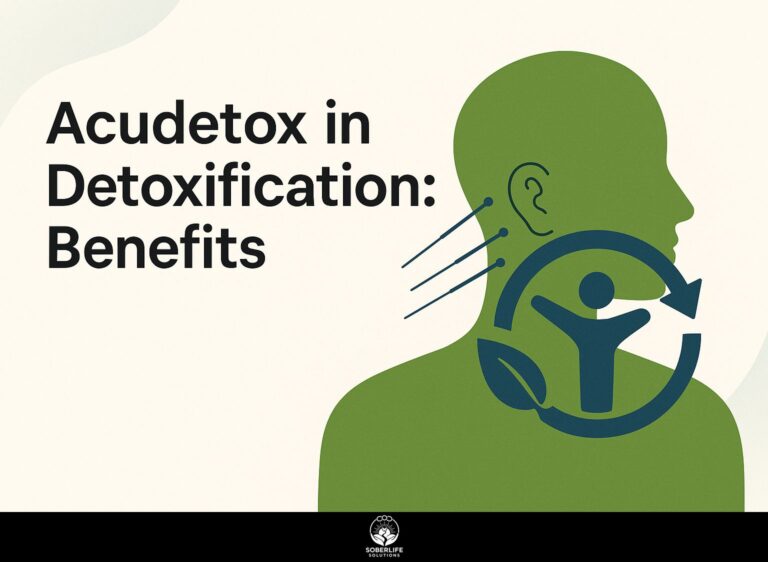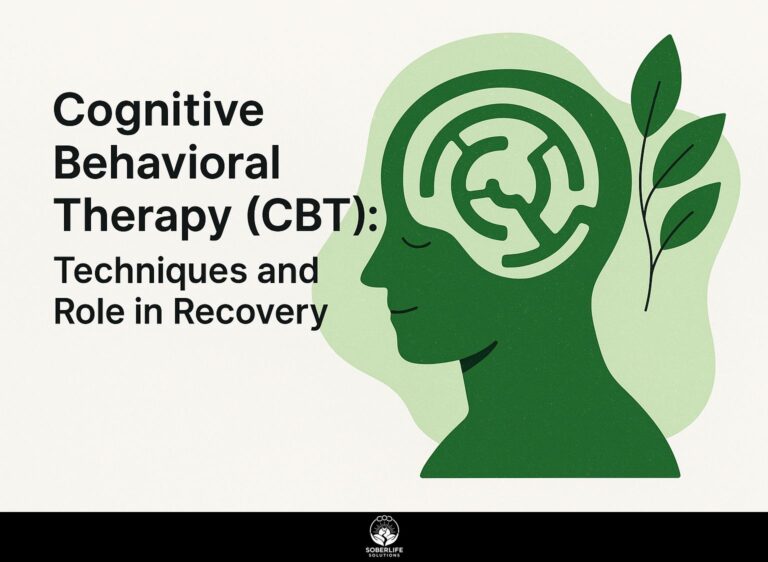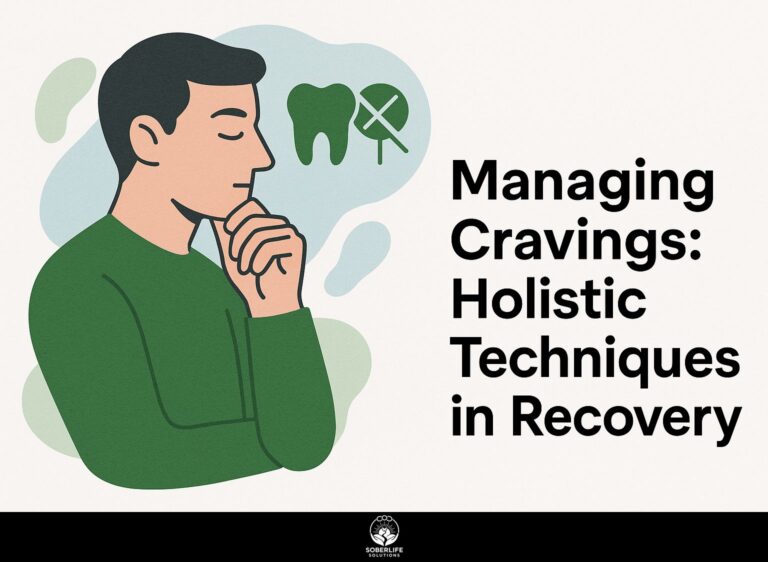Mindfulness and Stress Reduction in Women’s Treatment
Introduction to Mindfulness in Women’s Health
Feeling overwhelmed by stress? For women managing conditions like polycystic ovary syndrome, mindfulness-based stress reduction offers a powerful intervention. error
Key Takeaways:
Understanding Stress in Women
error
Biological and Hormonal Factors
error
error
Consistent monitoring through tools like the DUTCH Complete test helps track these biomarkers and guide targeted interventions like inositol supplementation or low-glycemic diets to improve metabolic outcomes.
Sociocultural and Lifecycle Stressors
A cross-sectional survey of 1,200 postpartum women in Kerman, Iran revealed that 68% cited lack of post-natal counseling as a primary source of stress, with average Edinburgh Postnatal Depression Scale scores of 14 (moderate depression).
error
For immediate implementation, clinics can integrate a 10-minute mindfulness circle during routine prenatal visits, teaching breathing exercises and peer support techniques. This low-cost approach addresses isolation while building coping skills before delivery, particularly beneficial for women experiencing pregnancy-related stressors or previous trauma history.
Core Mindfulness Techniques
error
Breathing and Body Scan Exercises
error
To replicate these results, follow this protocol:
- error
- Transition to a 5-minute progressive body scan starting from toes to head,
- Use WHOOP or Oura Ring to measure HRV changes weekly,
- Track PSS-10 scores monthly via Google Forms or Notion,
- Maintain consistency with calendar blocking.
Expect measurable HRV improvements within 4-6 weeks with daily practice.
Mindful Meditation Practices
error
Implement this protocol:
- Choose a focal point (breath or sound)
- Begin with 2-min grounding
- Expand to 20-min open-monitoring meditation
- Conclude with 3-min gratitude reflection
Track progress using the Headspace app analytics, targeting measurable outcomes like Beck Depression Inventory (BDI) score reduction as demonstrated in the review.
Integrating Mindfulness into Treatment Plans
At Kerman’s Women’s Health Center, clinicians embed an 8-week MBSR intervention (2 hr group + 1 hr home practice) alongside standard hormonal therapy for PCOS, creating a control group that receives therapy alone.
Implementation follows a structured protocol:
- Baseline assessment using PSQI and BAI,
- Randomization to MBSR+therapy or therapy-only groups,
- Weekly 2-hour group sessions,
- Daily 30-minute home practice tracked via Mindful MBSR app,
- Re-evaluation at 4/8 weeks with SPSS analysis,
- Medication adjustments based on stress markers.
Total weekly commitment: 3 hours. Common pitfalls include low adherence (mitigated through reminder texts) and scheduling conflicts (offered make-up sessions).
Evidence and Outcomes
A 2024 meta-analysis of 12 RCTs (n = 2,345 women) across PubMed, Embase, and CNKI showed that MBSR produced a statistically significant 18% improvement in Pittsburgh Sleep Quality Index scores (p < 0.001) and a 22% increase in WHOQOL-BREF quality-of-life domains.
The analysis used random-effects models with 95% confidence intervals showing consistent benefits across all subgroups.
Pre-post BDI depression scores dropped from 19.2 to 11.4 (p<0.01), while sleep latency decreased by 32% based on actigraphy data.
error
Challenges and Considerations
error
To address these, clinics should implement four specific solutions:
- Combat dropout by offering flexible evening or tele-health sessions,
- error
- error
- Overcome resource limits by training existing nurses as mindfulness facilitators using a 4-hour certification module.
For example, Wuhan Central Clinic reduced dropout to 12% after adopting these strategies.
Frequently Asked Questions
What is the role of Mindfulness and Stress Reduction in Women’s Treatment for managing anxiety?
Mindfulness and Stress Reduction in Women’s Treatment provides powerful tools to manage anxiety by teaching individuals to anchor their awareness in the present moment. error By incorporating these techniques, women can develop a calmer, more responsive approach to stressors, which is a cornerstone of effective treatment.
How does Mindfulness and Stress Reduction in Women’s Treatment specifically address the unique stressors women face?
error error error
Can Mindfulness and Stress Reduction in Women’s Treatment help with symptoms of depression?
Yes, Mindfulness and Stress Reduction in Women’s Treatment is highly effective in alleviating symptoms of depression. The practice encourages a non-judgmental awareness of negative thought patterns, allowing women to disengage from ruminative cycles that fuel depressive states. error
What are the core techniques taught in a program for Mindfulness and Stress Reduction in Women’s Treatment?
error error
Is prior experience with meditation required to benefit from Mindfulness and Stress Reduction in Women’s Treatment?
No, prior experience is not required to benefit from Mindfulness and Stress Reduction in Women’s Treatment. These programs are designed for beginners and are taught in a supportive, step-by-step manner. error
How long does it typically take to see the benefits of practicing Mindfulness and Stress Reduction in Women’s Treatment?
error Research suggests that an 8-week program can lead to significant, measurable reductions in stress and anxiety, along with positive changes in brain structure associated with emotional regulation and well-being.

